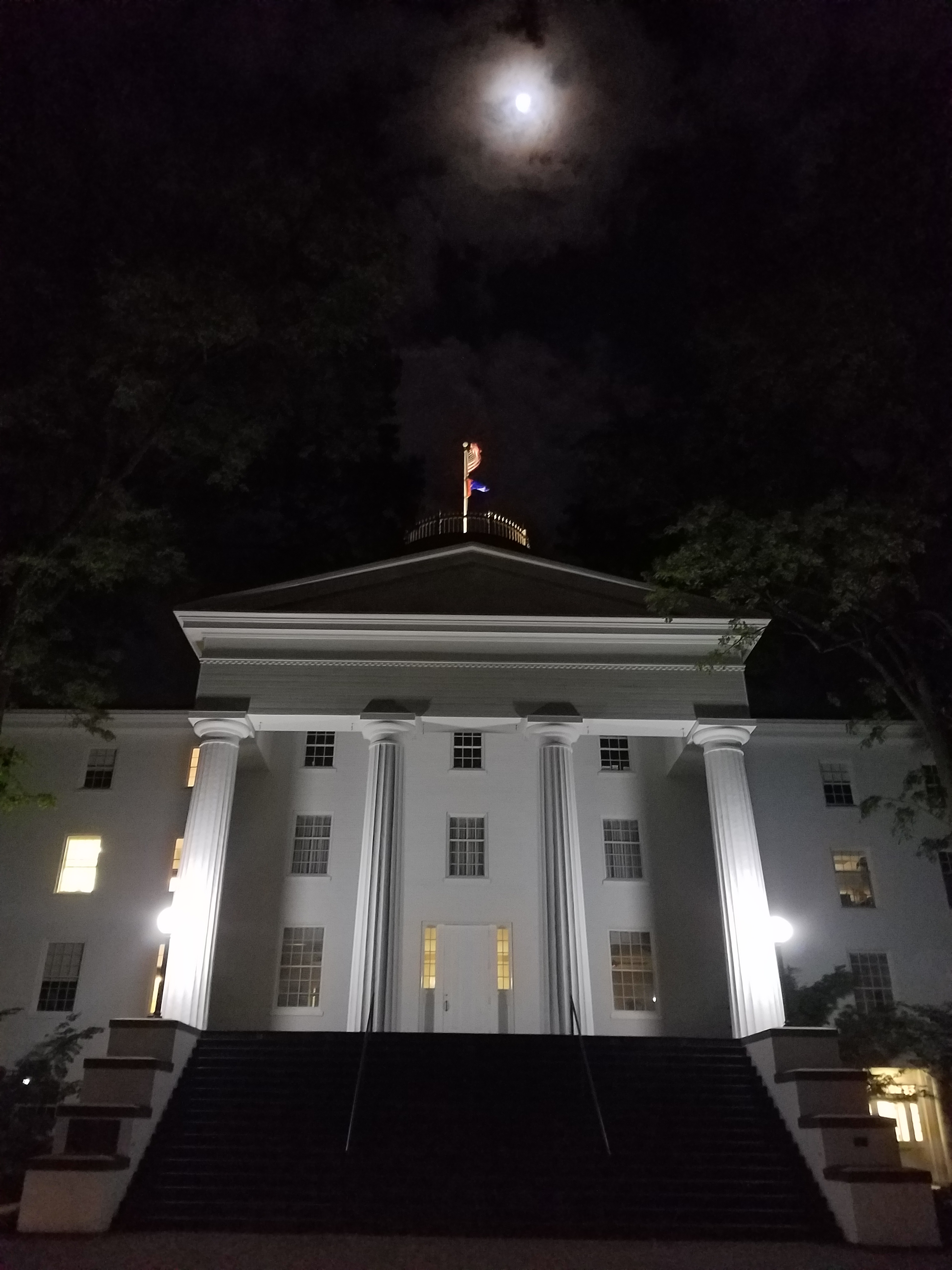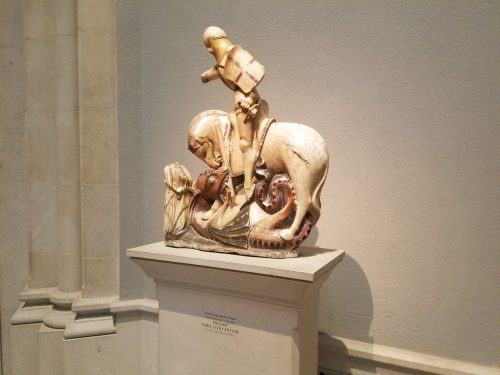The Interdisciplinary Approach

Blog post by JMM intern Marisa Shultz. To read more posts from JMM interns, past and present, click here.
One of my least favorite expressions in the English language is: “I’m an English major; I can’t do math.” As an former English major myself, I’ve heard this phrase a lot: in restaurants when it’s time to split the check, in classrooms when not enough copies were made, and in all of the other various places where people in the English field are asked to deal with numbers instead of letters.
I went to a liberal arts college, Gettysburg College, if you want to be specific, and at Gettysburg, I was taught to appreciate the interconnectedness of the academic disciplines. In my English classes we talked about history, linguistics, and philosophy (three fairly obvious choices), but also science, politics, fine art, religion, and, yes, even math. In my mind, being good at English and being good at math are not mutually exclusive, and sometimes even, knowledge in both is essential to navigating and understanding our world.

Okay, I feel a bit better after venting about that, but what does my very specific pet peeve have to do with museums and museum design?
Perhaps there is a more formal or codified term for this, but the interdisciplinary approach is when an activity, program, tour, lesson plan, whatever it maybe, bridges the gap between one academic discipline and another. Sometimes that bridge is small: taking the time to talk about the historical context of the Holocaust while teaching a book like Number The Stars. Or maybe the bridge is a bit bigger and you’re analyzing how Lewis Carroll infused Alice in Wonderland with hidden mathematical patterns and concepts. These examples are, of course, both geared towards an English classroom, but museums can take the same approach too.
I saw several really excellent examples of the interdisciplinary approach while touring the Smithsonian Institute’s National Museum of Natural History and National Gallery of Art this past Friday, and I’d like to talk a little bit about one of those examples and how it was a vitalizing force for the museum.
The interns decided that we were going to take a really interesting and unique tour at the National Gallery of art entitled: Dragons in Art. I really, really like dragons, so I was super hyped to see some paintings and learn more about this motif.

So not only was the topic interesting, but Bela Demeter (the docent) used to work at the National Zoo as a herpetologist and more specifically he worked with the zoo’s snakes. Demeter designed this tour based upon his particular and different interests and expertise. He hand-picked the paintings and designed supplementary materials, and he brought some really interesting and unique knowledge to the tour: he could tell us about what kind of snake was in the painting, whether or not an artist had actually seen a snake or was just giving it their best guess, how the snake and dragon motifs are intertwined, and how their portrayal changes based upon culture.
He could do this because he embraced his background, and because he was willing to bridge the gap between science and fine art. What he created was a one of a kind tour, and I left having felt that I had engaged in a special experience, one that was frankly, unforgettable.
